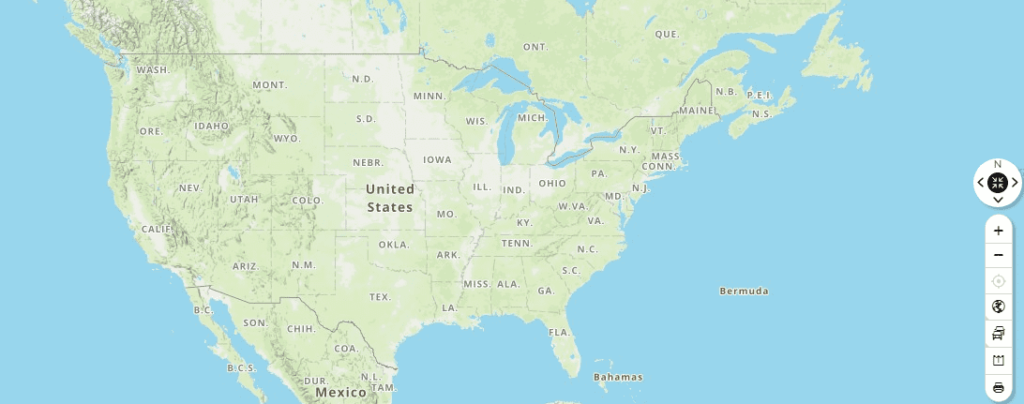
In the gif above, our map is being run by a live server. recreating new map layer after removal The input form in this project is to accept our starting and endpoint (locations) for our routing processes.īelow is the code snippet explained above: The form tag has an id form with the input tags having a class name of input. Then let’s build an input form containing a form, input and, button tag. Creating the input formĪfter initializing our HTML boilerplate, we create a div tag with the class name, formBlock. To begin, we’ll create HTML, CSS, and JavaScript files. We’ll split this article into different components: Clear form data by replacing the map layer onload.Create a front-end input form for inputting our desired routing position.Use Mapquest routing API for leaflet.Js.Here is a link to get started in creating your API key.Īt the end of the tutorial, the reader should be able to: The reader should have a Mapquest API key.The reader is required to have a strong foundation in the following:

This tutorial will guide you on how to execute this feature in your maps.

Mapquest created a plugin for leaflet maps to send a request to its direction API services, receive these results and display them on a map. We build routing services in JavaScript with some APIs or plugins such as the Google directions API, open street routing machine (OSRM), and our focal point in this article, the Mapquest directions API. Routing in geography is taking a course from a designated starting point to a destination. Routing services are essential in apps like Jumia foods delivery system, Google maps, and a host of location-based service companies. Routing is a focal point in the mapping space.


 0 kommentar(er)
0 kommentar(er)
